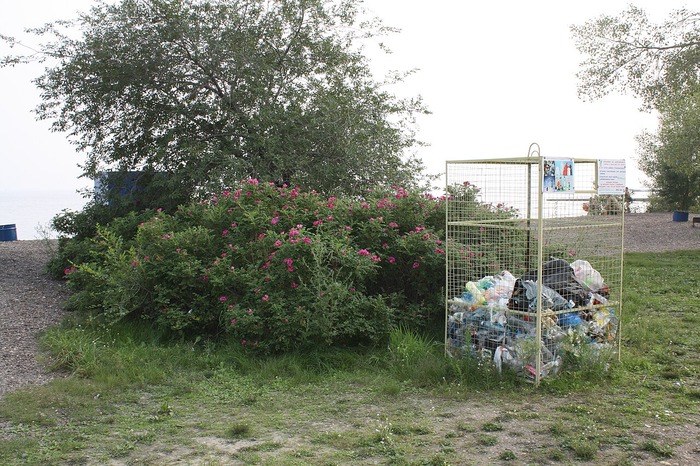Plant leaves, including crops, absorb microplastics and nanoplastics directly from the air, which are then consumed by herbivores and humans, a new study published in Nature found, DTE reported.
Microplastics (plastic particles measuring up to 5 millimetres in diameter) and nanoplastics (less than 1,000 nanometres) entered leaves through multiple pathways, including surface structures such as stomata and the cuticle, the report by the outlet stated.
The researchers reported that levels of microplastics — specifically polyethylene terephthalate and polystyrene — were 10 to 100 times higher in vegetables grown outdoors than those cultivated in greenhouses. Plants with longer growth periods and older outer leaves were found to contain higher concentrations than younger or inner leaves.
Blue washing: New categorisation by CPCB promotes highly polluting incineration industry
The Central Pollution Control Board (CPCB) moved waste-to-energy (WTE) incineration industry, which involves burning unsegregated municipal solid waste (MSW) to produce dirty electricity to ‘blue category’ from its earlier hazardous ‘red category’, in contradiction to its own rules based on the Essential Environmental Services (EES) for managing the pollution, reported DTE.
The report said “while the addition of important services in waste management such as composting, biogas, material recovery facilities and sewage treatment plants is a welcome move, the inclusion of waste-to-energy (WTE) is a huge retrograde step.”
DTE explained that the Centre introduced industry categories based on a Pollution Index (PI) “which is a function of the emissions (air pollutants), effluents (water pollutants), hazardous wastes generated and consumption of resources.” The PI is a number between ‘0’ and ‘100’ with 0-20 being the least polluting white category industries and 60-100 being the most polluting Red Category industries while Green (21-40) and Orange (41-59) categories lying in-between, the outlet explained.
Until recently, the waste-to-energy incineration industries were under ‘red category’, a highly polluting industry with a PI of 97.6 because of the flue gas discharges such as SOx, NOx, HCL, PM, Dioxins and Furans, water effluent with toxic pollutants and hazardous bottom/fly ash that needs to be disposed of in a secured scientific landfill.
WTE incineration uses heat generated during the burning of MSW to produce heat that will be used to generate steam and run a turbine to produce electricity. The outlet said “the only difference between a coal fired thermal power plant and a WTE plant is that WTE produces electricity that is dirtier than coal, as they emit more CO2 per unit of electricity. Furthermore, CPCB’s own inspection has revealed that the three WTE plants in Delhi released a cocktail of carcinogens over and above the set standards.”
Air pollution level improved in 77 cities since 2017, shows study
Under the National Clean Air Programme, air pollution levels improved in 77 cities but increased in 23 others, analysis Centre for Research on Energy and Clean Air (CREA) has found, reported the HT.
The newspaper stated that compared to baseline year of 2017-18, PM10 (coarse pollution particles; with a diameter of 10 micron) levels increased in 23 cities, remained unchanged in two and improved in 77 cities.
The study also found that out of 130 cities under the National Clean Air Programme (NCAP), 28 still do not have Continuous Ambient Air Quality Monitoring Stations (CAAQMS), indicating critical gaps in real-time air quality monitoring infrastructure.
About The Author
You may also like
Parents, Activists Protests at India Gate as Air Turns Toxic
Top court allows ‘green firecrackers’ in Delhi on Diwali with conditions
CPCB should help industry meet green norms: Environment Minister
Noise pollution from trains hit surrounding homes, exceed limits by 85%
Delhi residents losing over 8 yrs of life due to polluted air

